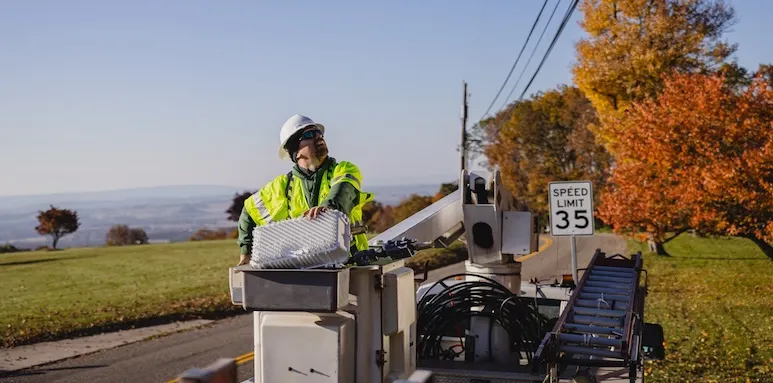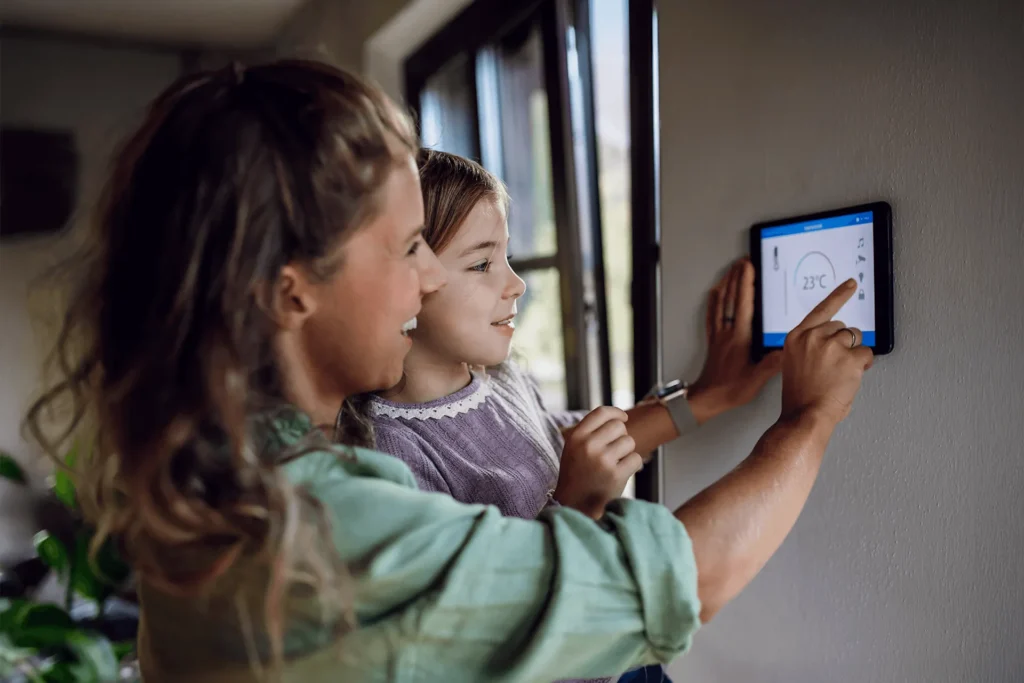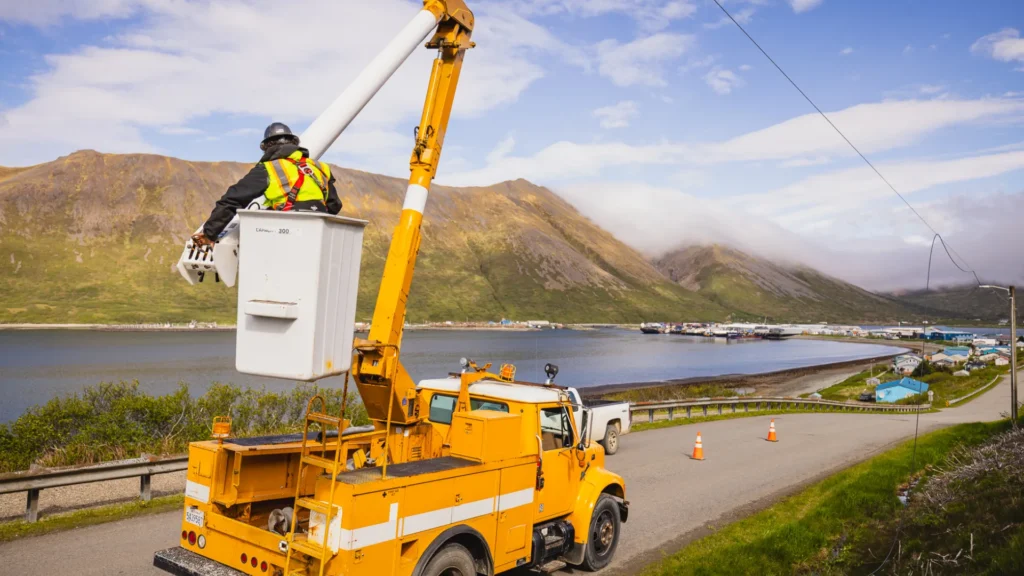Unless Congress acts, the Affordable Connectivity Program (ACP) is set to run out of funds this month. When that happens, millions of Americans will lose a significant benefit that helps them access critical online services like healthcare, education, and job opportunities. With the program’s future up in the air, America’s cable broadband providers are reenergizing their longstanding efforts to close the digital divide.
Why it matters: To date, ACP has helped connect over 23 million Americans across rural and urban areas, a significant step forward in the nation’s mission to connect everyone to the internet.
- In the month of May, most ACP households will receive partial monthly subsidies from their internet provider.
ACP shown to have big impact
At the end of last year, the FCC conducted a survey of ACP recipients to better understand how the end of the program could impact those who rely on it.
- Before ACP, 68% of recipients said they had inconsistent or no internet access at all.
- 72% said they use their ACP-funded service to schedule or attend healthcare appointments.
- 48% said they work or apply for jobs.
- 75% of respondents aged 18-24 reported that the program allows them to do their schoolwork.
- Without ACP, 77% said the end of the program would make them change plans or drop internet access entirely.
How customers can stay connected
To assist ACP households in preparing for the program’s conclusion, internet providers have communicated to customers about the program’s end and its impact on internet bills and services. These notices have also included information on alternative internet options and resources for transitioning to post-ACP arrangements – including:
- Comcast’s Internet Essentials – a $9.95/month service for those who receive the National School Lunch Program (NSLP), housing assistance, Medicaid, Supplemental Nutrition Assistance Program (SNAP), or other select government programs.
- Comcast’s Lift Zones – whether you are a Comcast customer or not, you can access 1,250 WiFi-connected Lift Zones nationwide that provide free internet access in neighborhood locations.
- Cox’s Connect2Compete Internet Plan – a $9.95/month service for families with a child in grades K-12 in the home who participate in the NSLP, SNAP, or other select federal programs.
- Spectrum’s Internet Assist – an affordable internet option for low-income households that benefit from NSLP, Community Eligibility Provision (CEP) of the NSLP, or Supplemental Security Income (for applicants age 65+ only).
A longstanding commitment to closing the digital divide
For well over a decade, cable providers have offered low-cost broadband adoption programs – some plans priced at just $10 a month – that helped connect over 14 million Americans.
These adoption programs are just one way broadband providers help to close the digital divide.
- Cable providers also offer free digital literacy programs, helping participants learn the skills necessary to make the most of their connections.
- The cost of a laptop or tablet can also be a barrier to adoption, which is why broadband providers have delivered over 220,000 heavily discounted devices to low-income households and donated devices to communities around the country.
Despite ACP’s pending end, the cable broadband industry will continue to do its part to help keep existing and new customers connected.









